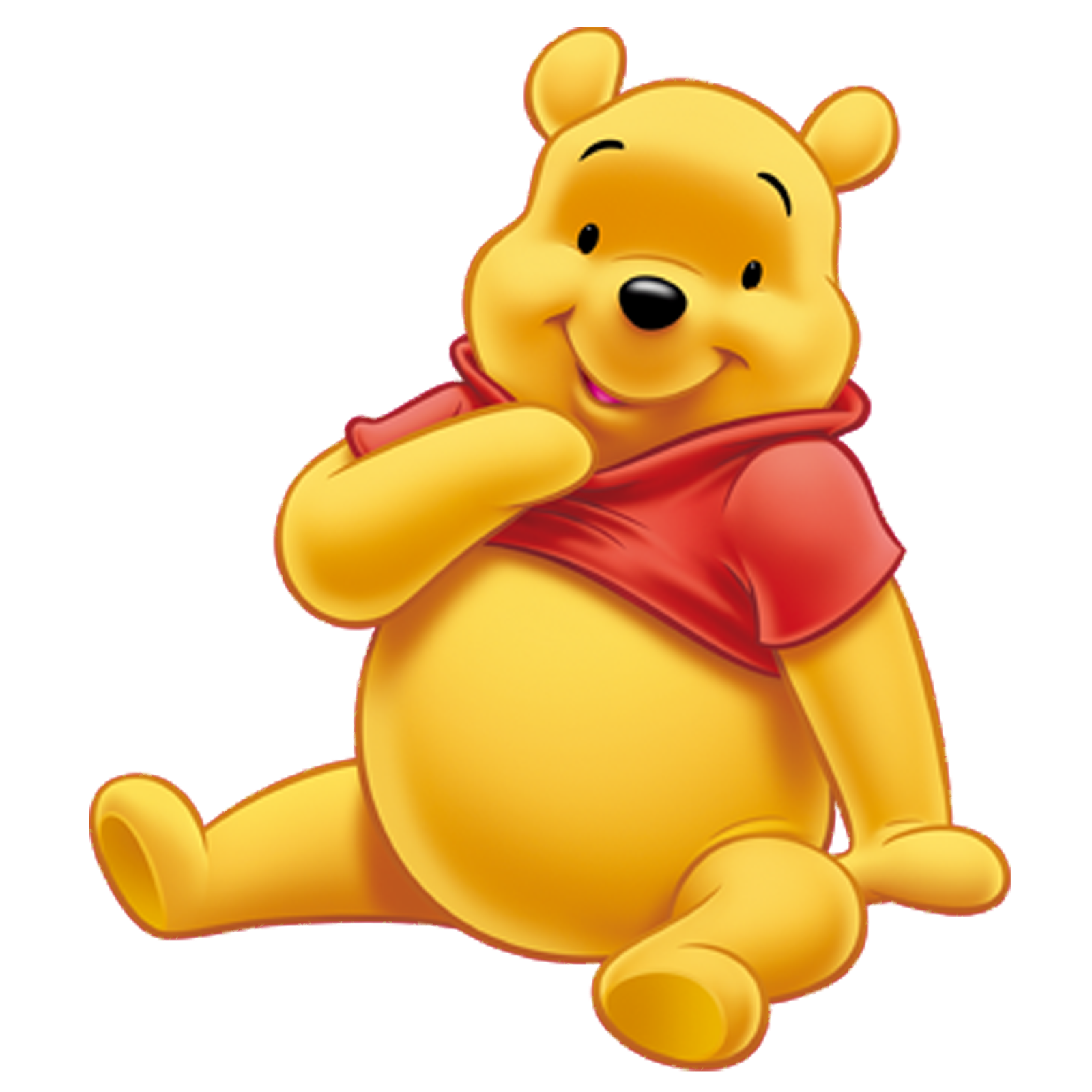Winnie the Pooh as a Marsupial
Winnie the Pooh, the beloved fictional character created by A.A. Milne, exhibits several physical and behavioral characteristics that align with those of marsupials. While not explicitly identified as a marsupial in the original stories, Pooh’s unique traits suggest that he could be considered one within the context of the narrative.
Physical Characteristics
Marsupials are known for their distinctive pouch, which serves as a protective and nurturing environment for their young. While Pooh does not possess a physical pouch, his honey pot can be interpreted as a metaphorical representation of this marsupial feature. The honey pot provides warmth, comfort, and nourishment, much like a pouch would for a marsupial joey.
Additionally, Pooh’s rotund physique and large ears are reminiscent of certain marsupial species, such as the koala. Koalas have a compact body with a thick layer of fur, which helps them regulate their body temperature. Pooh’s ample belly and soft fur serve a similar purpose, allowing him to stay warm and cozy in various environments.
Behavioral Characteristics
Marsupials are often characterized by their solitary nature and nocturnal habits. Pooh, while not strictly nocturnal, prefers the quiet solitude of his home in the Hundred Acre Wood. He enjoys spending time alone, indulging in his favorite pastimes of eating honey and napping.
Furthermore, marsupials are known for their strong maternal instincts and close bonds with their young. Pooh’s deep affection for Christopher Robin, his human companion, mirrors this marsupial trait. Pooh is fiercely protective of Christopher Robin and goes to great lengths to ensure his well-being.
In conclusion, Winnie the Pooh’s physical and behavioral characteristics, including his metaphorical pouch, rotund physique, solitary nature, and strong bond with Christopher Robin, align with those of marsupials. While not explicitly classified as such in the original stories, these traits suggest that Pooh could be considered a marsupial within the context of the narrative, adding a unique and endearing dimension to his character.
Marsupials in the World of Winnie the Pooh

Winnie the Pooh’s world is filled with whimsical creatures, including several that exhibit marsupial traits. These animals play vital roles in the ecosystem of the Hundred Acre Wood.
Kanga and Roo, Marsupial winnie the pooh
Kanga is a large female kangaroo who serves as a maternal figure to her son, Roo. They are both characterized by their large pouches, which they use to carry items and protect themselves from danger.
Gopher
Gopher, a burrowing animal, is another marsupial in the Hundred Acre Wood. He uses his powerful claws to dig tunnels and build his underground home. Gophers play a crucial role in aerating the soil and helping plants thrive.
The Importance of Marsupials
Marsupials contribute to the diversity and balance of the Hundred Acre Wood ecosystem. They provide shelter for other animals, help disperse seeds, and maintain the health of the soil. Their presence enriches the environment and ensures the well-being of all its inhabitants.
The Significance of Marsupiality in Winnie the Pooh: Marsupial Winnie The Pooh

Marsupial winnie the pooh – The marsupiality of Winnie the Pooh, the beloved fictional bear, holds profound symbolic meaning that enriches the character and the overall themes of the stories.
As a marsupial, Pooh possesses a unique pouch that serves as a nurturing and protective space for his beloved possessions and friends. This pouch symbolizes the importance of home, belonging, and the bonds of friendship. Through Pooh’s interactions with his friends, the stories explore the complexities of relationships, the value of loyalty, and the power of shared experiences.
Pooh’s Nurturing Nature
Pooh’s marsupiality reflects his gentle and nurturing nature. He is always willing to share his honey and offer comfort to his friends. His pouch becomes a safe haven, a place where they can feel secure and loved.
The marsupial Winnie the Pooh, with its wide-eyed innocence and insatiable appetite for honey, was an unlikely icon of the 20th century. But its popularity extended far beyond children’s books, inspiring everything from theme parks to fashion lines. In recent years, the marsupial Winnie the Pooh has even found its way into the world of music, with artists like Rihanna incorporating its likeness into their songs and music videos.
Rihanna’s songs , in particular, have featured the marsupial Winnie the Pooh as a symbol of both childhood nostalgia and adult desire, further solidifying its status as a cultural icon.
The tale of Marsupial Winnie the Pooh is a whimsical journey into the uncharted territories of the imagination. This extraordinary creature, a fusion of the beloved bear and the enigmatic marsupial, embarks on a captivating adventure in a world where the familiar and the fantastical intertwine.
Through its enchanting narrative, Marsupial Winnie the Pooh captures the essence of wonder and the boundless possibilities that lie within the realms of our imagination.
In a surreal realm where the mundane and the extraordinary intertwine, there lived a marsupial Winnie the Pooh. His pouch was a tapestry of curious treasures, including a notebook filled with the hidden meanings of life. One page bore the secrets of the cherry, a symbol of purity and new beginnings ( cherry meaning ).
As the sun dipped below the horizon, casting a crimson glow upon the marsupial Pooh, he pondered the cherry’s wisdom, its echoes reverberating within the depths of his pouch.
Marsupial Winnie the Pooh, a peculiar creature with a pouch for his honey, has sparked connections beyond his literary realm. NYT Connections , a digital platform for exploring interdisciplinary relationships, has delved into the fascinating intersections between Winnie the Pooh’s marsupial nature and the broader themes of identity, childhood, and nostalgia in contemporary culture.
Through its innovative approach, NYT Connections illuminates the hidden threads that weave together seemingly disparate concepts, revealing the unexpected ways in which Marsupial Winnie the Pooh continues to resonate with audiences today.